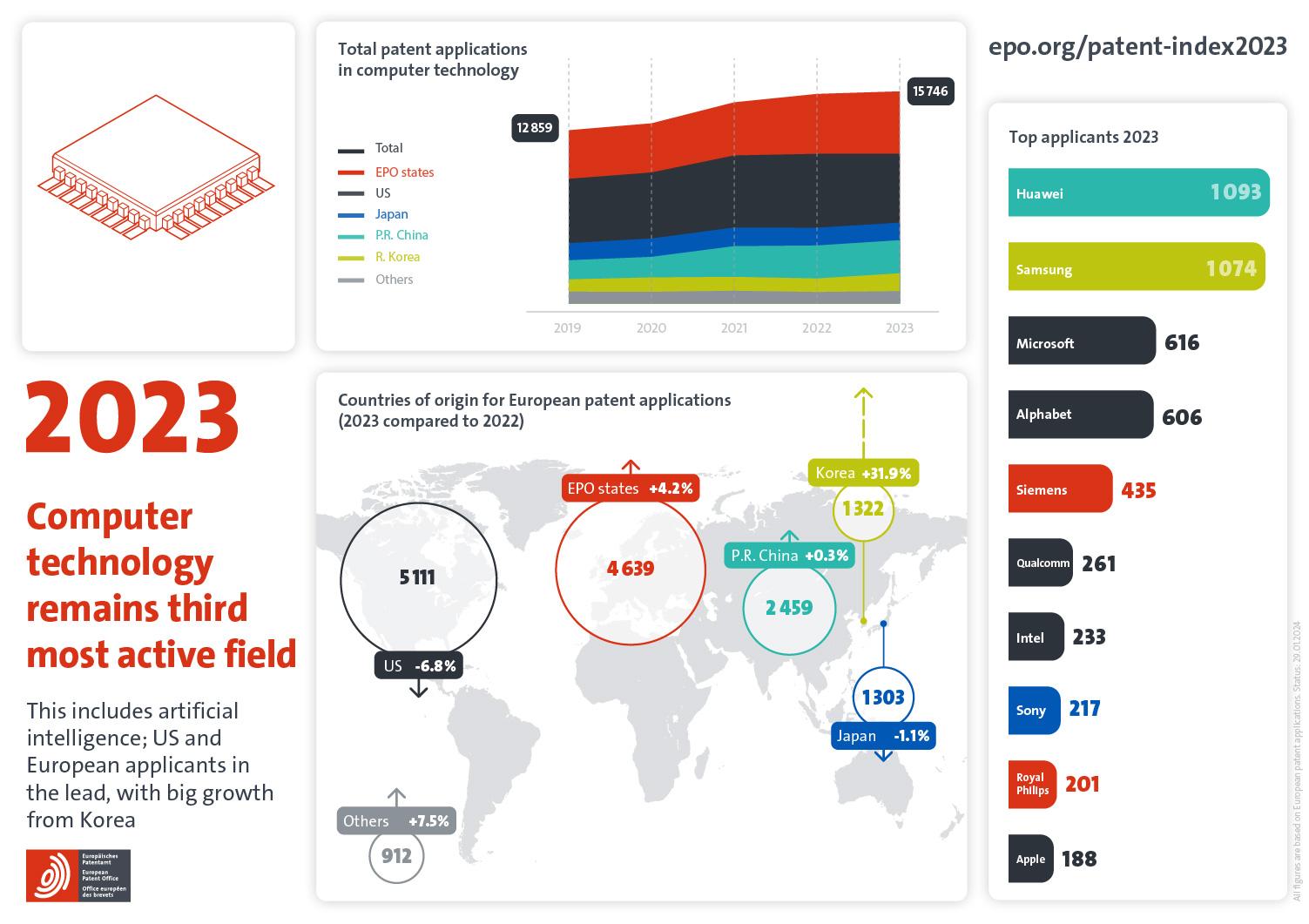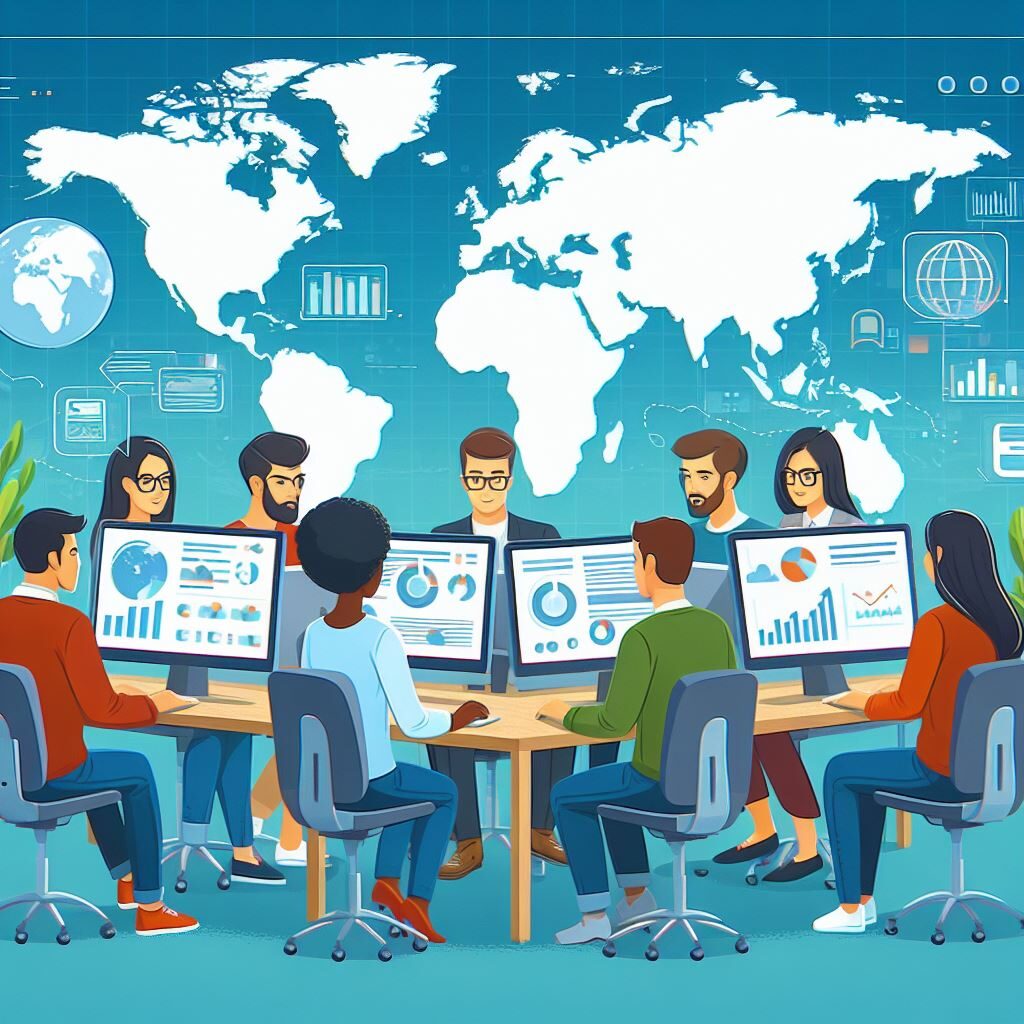IP challenges for international businesses in the 4th industrial revolution
With the growing connectivity though the internet also the internationalization and globalization of businesses gains ever more speed. While the internationalization of brick and mortar businesses was limited by the number of people you can put on the ground in new markets, more digitalized businesses can enter and address the customers in new markets purely online via the internet. That way, they can use the scalability of digital services not only to generate more users and customers on their platforms, but also for internationalization. Nevertheless, digital services still experience IP challenges when entering new markets, since IP laws may vary drastically between the various jurisdictions of the target markets and e.g. grant rates and scopes of protection for digital patents can be very different in various countries.
In the 4th industrial revolution, the main driver of the digital transformation comes from the new ways of communication due to the use of new information technologies and increasingly the role of communication networks between people, e.g. social media, but also human machine communication, e.g. through voice recognition. But also the change of energy use with renewable energies and more efficient energy use through digital technology is a driver as well as the developments in new mobility with the use of drones and smart mobility as a more connected, energy efficient and cheap way of transportation.
The digital transformation happens ubiquitous through new digital networks and increased connectivity which is powered by the ever-increasing number of digital devices. The use of digital sensors on machines and the use of the computational powers of cloud computing made it possible, that the so-called internet of things emerged. The internet of things allows that not only the machine, but also the machine environment can be digitalized and activities like performance improvement and predictive maintenance can be handled with digital technology. This creates a challenge for traditional businesses which are threatened by software companies to be degraded to equipment providers when they do not digitalize themselves.
The digital transformation has also a big impact on the internationalization of businesses, since on the one hand with increasing remote working conditions and the ever intensifying competition for the most talented knowledge workers worldwide companies need to draw from a more international pool of digital solution developers and on the other hand companies can address the growing middle classes of emerging economies worldwide and can expand their businesses from relatively small home markets. There are various examples for successful digital services and platforms from smaller countries, which made such an expansive step to the world market. Examples are the Irish financial services company Stripe, the Lithuanian cybersecurity startup Nordsecurity, which offers solutions such as NordVPN, and the Romanian developer of anti-virus service Bitdefender.

But the main applicants of digital patents at the patent offices of the big 5 (USPTO, EPO, CNIPA, KIPO an JPO) are of course still the big tech companies of the leading economies in North America, Europe and East Asia. In the current 2023 patent index of the EPO the main applicants for computer technology in Europe were China’s Huawei, Korea’s Samsung, Microsoft and Alphabet from the USA followed by Siemens from Germany. Sony from Japan comes on the 8th position. Overall the number of patent applications was also again on the rise.
Nevertheless, digital companies from US and East Asia are still facing challenges, when filing for digital patents in Europe and experience smaller grant rates compared to their home jurisdiction or smaller scopes of protection, which can hurt their exclusivity position in Europe. Those difficulties stem from the peculiarities of patenting software based solutions in the different jurisdictions, where the differences between US and Europe are more prominent compared to Asian countries. Some companies are therefore assembling teams of patent attorneys from multiple jurisdictions to identify ways to improve their grant rates and scopes of protection.



